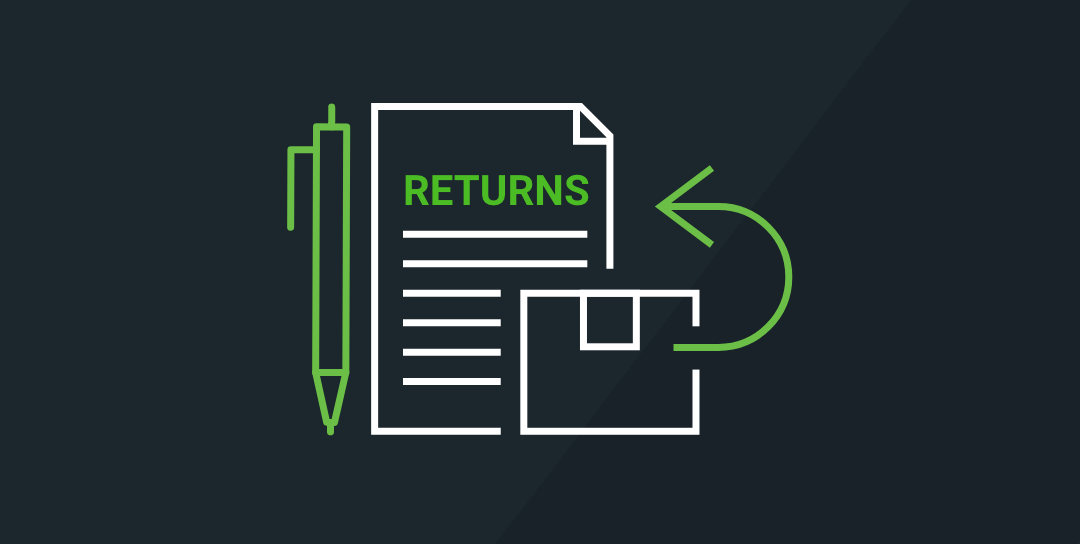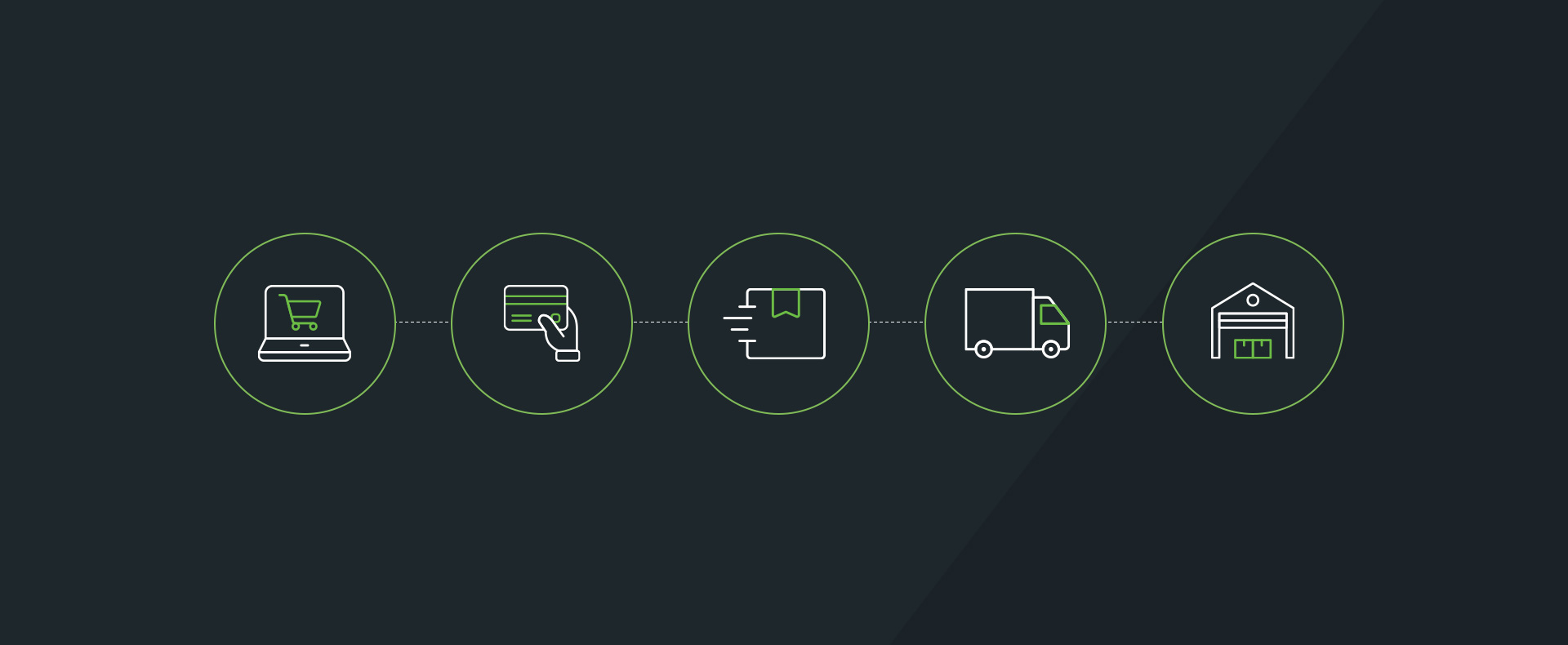Why & How to Add eCommerce to Your Brick & Mortar Business
Though brick and mortar stores are clearly still important, today’s digital natives really only give credibility to businesses with respectable online presences as well. The case for building an eCommerce store could not be clearer. In April of 2013, research firm Accenture found that 88 percent of shoppers browse your website before making a decision on whether to enter a brick and mortar store. And Jay Baer, the author of Youtility, claims that when people are at what he calls the zero moment of truth—the minute they decide they need new shoes or paint supplies—they usually first go to their phones or computers and start a search. If you aren’t selling online, you are definitely at the bottom of the list.
People also love sharing their favorite things! There are millions of Instagram posts and Pinterest boards of products, most linking back to an online store. Keep your brick and mortar customers engaged when they are not with you by offering incentives in-store and online to visit your eCommerce store or share it and their purchases online.
Setting Up an eCommerce Store
First, choose and buy a domain name that closely matches your store name, and check any legality regarding trademarks.
Once you have a domain name, you’ll want to create your eCommerce store. Creating an eCommerce website is much easier than it was ten or even five years ago, thanks to eCommerce platforms like Shopify, Squarespace and BigCommerce simplifying the process to setup an online store. For a monthly fee, these platforms allow you to use free and low-cost templates that are easy enough for you to use yourself, or for you to hire designers to customize your online store at a much lower cost than starting from scratch.
At a minimum, you’ll want to include the following on your eCommerce site:
- Products available for sale, including good product photos, descriptions and price
- Payment types, including credit cards and Paypal, the most popular online payment method (you may not be accepting this type of payment in your brick and mortar store, but it is essential in your online store)
- Contact information
- Shipping and return policy
For a comprehensive description on everything you need to launch an online store, check out this Shopify article.
Although all platforms have similar features on the surface, it’s a good idea to investigate several options, based on the features you need and fees you will be charged for the month, as well as payment transactions.
ShipStation partners with all these eCommerce solutions to allow you and your customers to enjoy a seamless shipping experience.
What Products to Sell Online
While you may sell hundreds or even thousands of items in your brick and mortar store, it’s a good idea to start with a small amount of items when you begin selling online. A good rule of thumb is to only consider including your best-selling items online while you get started.
However, you need to take into account your products’ weight, size and level of fragility, as that may affect the cost of shipping the product in both time and money. Also, some items may not look as good in a photo as they do in person. You will, of course, need great product photography for all the products you sell online.
Let’s Get Ship Done
When it comes to shipping, organization and serious planning are paramount. Organize and catalog your inventory for easy access. Place the most often-ordered items closest to your shipping station to save time and keep heavy items on lower shelves. As for your shipping station itself, how is it organized for maximum efficiency? Are the tape, scissors and packing materials all within easy reach? What about boxes? Have you chosen a good variety of sizes, pre-made a few and is a tape measure handy for ensure you choose a box that this the right size, but not too big?
For more detailed information on efficient shipping and our resource recommendations, check out our 52-page Guide to Shipping Nirvana, a free resource. It goes over the basics of how your shipping and fulfillment processes should work and gives you tips on how to make them even more efficient.
What Will it Cost Me to Add an Online Store?
The cost to add an online store will vary greatly based on your company, products, and business goals. The costs will include monthly platform fees, SEO and search engine marketing costs, site maintenance, customer service, and social marketing. For more detailed information, check out this article from Practical eCommerce.
Tax Implications
You probably collect sales tax in your brick and mortar store, but the tax rules are different for online sales. Call your tax accountant to be up to speed on the latest tax rules. One of the fantastic things about using an eCommerce platform is that many will automatically calculate the sales tax for you, if you must collect tax in multiple states or based on your customers’ locations.
Here are the imperatives:
- You must register for a sales tax permit before you sell online.
- Make sure you understand the tax filing deadlines for each state in which you collect sales tax.
- Determine whether you are selling across state or country lines to be cognizant of sales tax rules in other states and counties.
eCommerce is a powerful tool for expanding your brand footprint and adding a revenue stream to your business. We can’t wait to see you expand your business to an online storefront and help you ship your products with ease.





